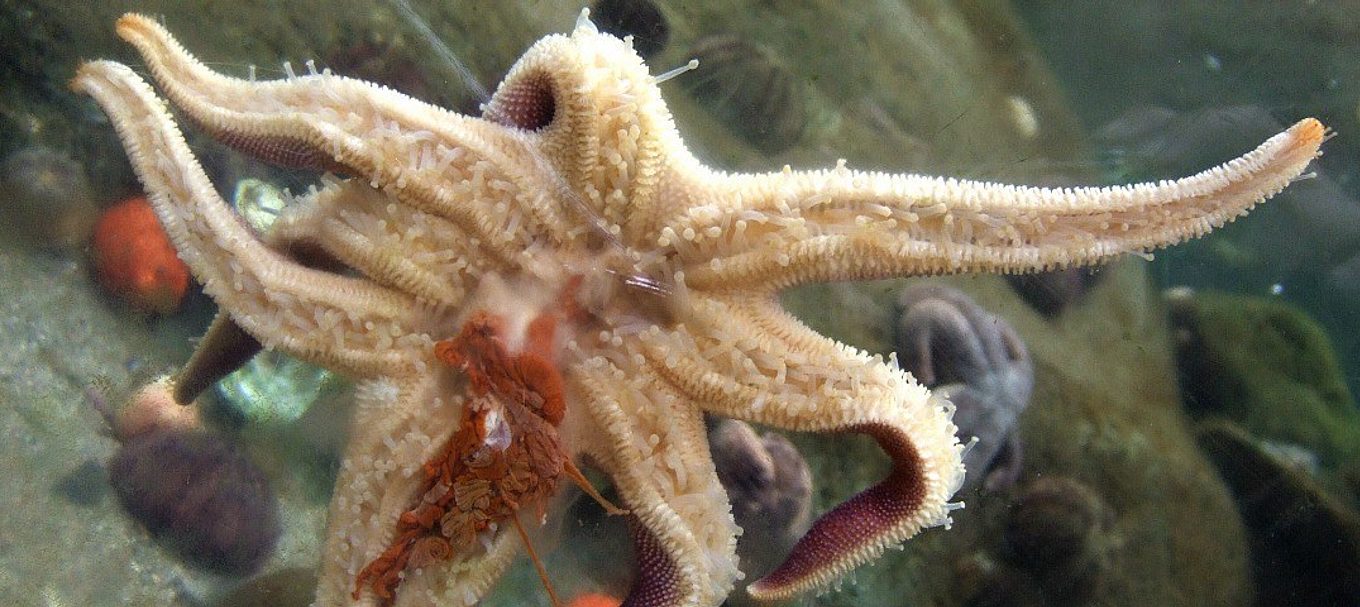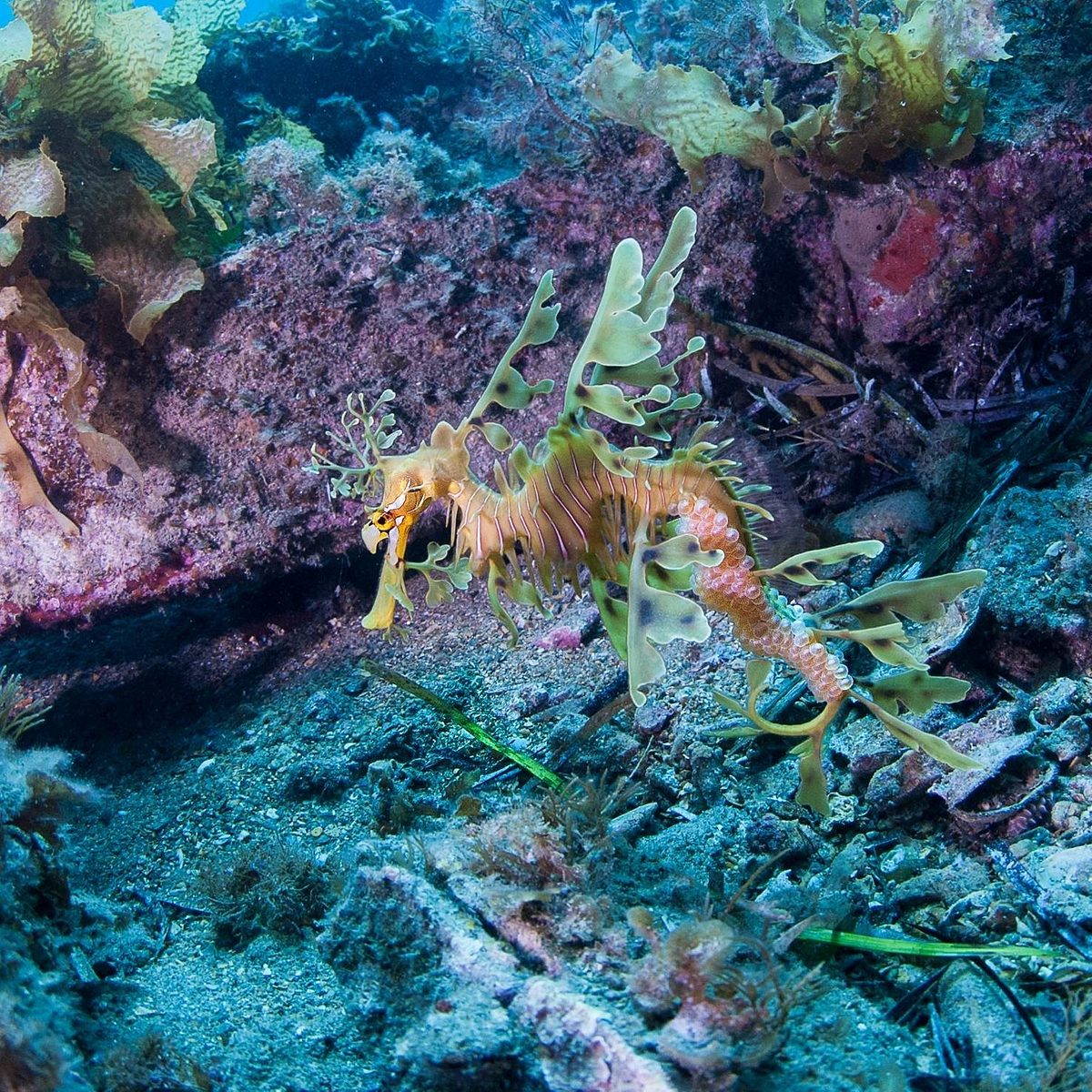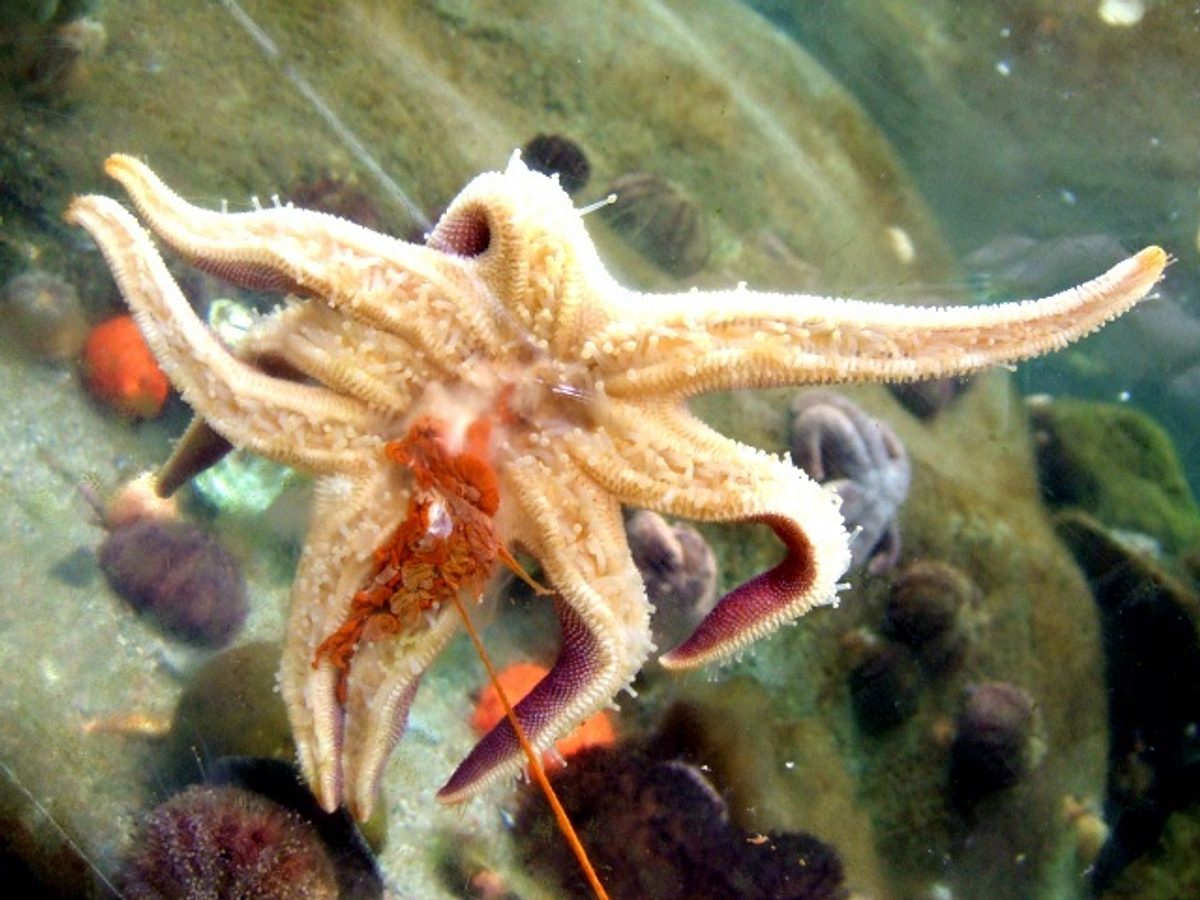
Discover the quirky side of South Australia’s marine life
Curious about SA’s marine life? Check out these whacky facts about the inner workings of some of our local species.
An often unseen world lies beneath the waves, and it’s here that some amazing and unexpected things happen. Intrigued? Check out these weird and whacky facts about some of South Australia’s marine life:
1. Whale vomit
We don’t blame you if you’ve never thought about whale vomit before, but you might find this whale of a tale quite interesting.
Whale vomit, or ambergris, is a solid waxy substance produced by the bile duct in the intestine of a sperm whale, and takes years to form.
So next time you stumble across a rock on the beach make sure you look carefully, as you might have actually stumbled across some whale vomit.
Believe it or not, ambergris is a hot commodity in the perfume industry. It is used as a fixing agent in perfume, which allows scents to last much longer.

2. Eggs and our Number 1 dad
With their beautiful leaf-like appendages, leafy sea dragons are SA’s marine emblem. But did you know it’s the male sea dragon that carries and cares for the eggs?
Female leafy sea dragons deposit their eggs onto the male’s tail, and the eggs then attach to a brood patch – a hotspot for incubating eggs.
After 9 weeks the eggs begin to hatch and the male pumps his tail to help the young emerge.

3. Sea star stomachs
Sea star's have a feeding method unlike any other. To eat, the echinoderm ejects its stomach from its own body, placing it over the digestible parts of its prey.
It then secretes digestive fluids to partially digest its prey, then pulls its stomach and the partially digested prey back into its body to finish digestion.

4. Dolphin milkshake anyone?
While dolphins live in the ocean they are actually mammals not fish – the female dolphin produces milk from her mammary glands to feed her calf.
Dolphins have inverted nipples inside mammary slits. When the calf is ready to feed, they dive underneath the mother and nudge the mammary slits.
The nipple is released, and the mother feeds milk to the calf that rolls its tongue into a u-shaped tube.
You might be wondering ‘how do the calves get at this milk since they don’t have lips?’ Good question. The calf rolls its tongue into a straw-like shape which keeps the milk in and salt water out.
The milk can be as thick as a milkshake, which helps the calves drink it without it mixing with sea water.
Head out in a kayak at the Adelaide Dolphin Sanctuary and you might be lucky enough to spot a feeding dolphin calf. But be sure to keep your distance and not harass the mammals.

5. The nerds of the sea
Did you know that the majority of neurons in an octopus are found in its arm?
That means it can independently taste, touch and control basic motions without input from its brain.
Because of this, octopuses are often described as having 9 brains, one in each arm and one in it’s head. Apparently they are as smart as a domestic cat or dog. Cool, huh!
Not only are they the brainiacs of the sea but they also have 3 hearts and blue-coloured blood.
If you are lucky enough to spot one of these interesting creatures be careful, as some octopuses can be extremely poisonous.

Importance of marine parks
Stretching the entire length of SA's coast, marine parks help manage and protect the state’s most important natural marine habitats.
Just like parks on land, marine park sanctuary zones are set aside for conservation – essentially they are the national parks of the sea.
There’s plenty to see under the sea – check out our stories for inspiration: 10 top spots to snorkel in South Australia, 5 black-and-white fish you can see in South Australian waters and 5 ‘cryptic’ fish to look for on your next snorkelling trip in South Australia.
(Main image courtesy of Lebatihem via flickr)
This story was originally posted in September 2017.





